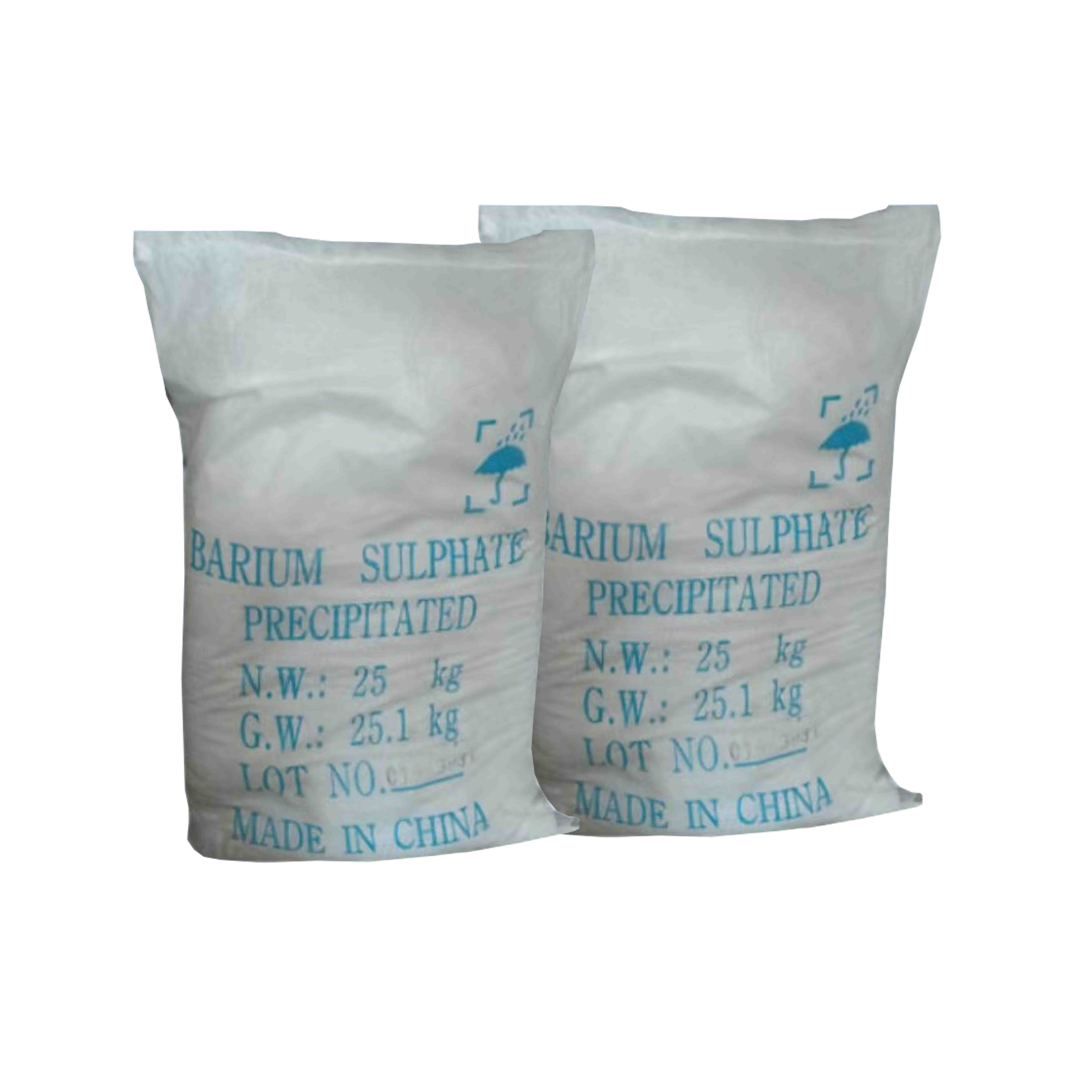
Oct . 13, 2024 22:11 Back to list
Classification of Titanium Dioxide in China and Its Applications in Various Industries
The Classification of Titanium Dioxide in China Insights and Implications
Titanium dioxide (TiO2) is a widely used compound in various industries due to its excellent properties, including high brightness, UV resistance, and opacity. It is primarily used as a pigment in paints, coatings, plastics, and papers, as well as in the production of sunscreen and other cosmetic products. The classification of titanium dioxide in China plays a significant role in regulating its use, ensuring safety, and promoting environmental sustainability.
Classification Overview
In China, the classification of titanium dioxide is predominantly guided by standards set by the National Standards of China (GB standards) and the Ministry of Ecology and Environment (MEE). These classifications categorize TiO2 based on several factors, including its intended use, chemical composition, and manufacturing processes.
1. By Chemical Structure Titanium dioxide primarily exists in three crystalline forms rutile, anatase, and brookite. Rutile, known for its superior stability and brightness, is the most commonly used form. Anatase is primarily used in applications requiring photocatalytic properties, while brookite is less common and used in specialized applications.
2. By Production Process The production of titanium dioxide generally occurs through two primary methods the sulfate process and the chloride process. The sulfate process, which involves the use of sulfuric acid, is older and generally results in lower purity TiO2. In contrast, the chloride process, which employs chlorine gas and is more efficient, produces a higher purity product. This distinction is important as it influences both the quality and application of the titanium dioxide produced.
3. By Application The application of titanium dioxide can be further subclassified into categories, such as paints, plastics, paper, and cosmetics. Each application has specific requirements in terms of particle size, surface treatment, and purity levels, which are crucial for achieving desired performance characteristics.
Regulatory Standards
china classification of titanium dioxide

China has implemented stringent regulations regarding titanium dioxide, particularly in response to heightened environmental concerns and the promotion of public health. The MEE monitors the production and usage of TiO2, ensuring compliance with environmental standards. Manufacturers must adhere to standards concerning waste disposal, emissions during production, and the potential health impacts of TiO2 exposure.
Recent regulatory changes focus on the identification of TiO2 as a potential carcinogen when inhaled, particularly in occupational settings. As a result, there has been an increasing emphasis on ensuring workplace safety and the development of safer production practices.
Environmental Impacts
The classification and regulation of titanium dioxide have environmental implications that are significant in the context of China's rapid industrialization. The sulfate process, while economically favorable, often results in a higher environmental footprint due to the generation of large amounts of waste acid. In contrast, the chloride process, despite its higher initial costs, is more sustainable as it minimizes waste and reduces emissions.
China’s approach to the classification of titanium dioxide reflects an evolving understanding of the balance between industrial growth and environmental protection. As the nation seeks to reduce pollution and promote sustainability, the careful regulation of chemicals, including TiO2, is paramount.
Conclusion
The classification of titanium dioxide in China serves as a critical framework for ensuring the safe and responsible use of this versatile compound. By categorizing TiO2 based on its chemical structure, production processes, and applications, regulatory bodies can effectively manage its impact on health and the environment. As China continues to navigate the complexities of industrialization and sustainability, the classification of materials like titanium dioxide will play an essential role in shaping future policies and practices aimed at fostering a greener economy. The challenges posed by the potential risks associated with TiO2 underscore the importance of ongoing research and the adaptation of standards to safeguard both people and the planet.
-
Premium 6618 Titanium Dioxide for GPT-4 Turbo Applications
NewsJul.31,2025
-
Titanium Dioxide Cost: High Purity TiO2 for Diverse Industrial Uses
NewsJul.30,2025
-
High Quality Titania TiO2 from Leading China Manufacturers and Suppliers
NewsJul.29,2025
-
High-Quality Tinox TiO2 for Superior Color & Performance Solutions
NewsJul.29,2025
-
High Quality Titania TiO2 from Leading China Supplier & Manufacturer
NewsJul.29,2025
-
High-Performance r6618 TiO2 for Superior Whitening and Versatility
NewsJul.28,2025
